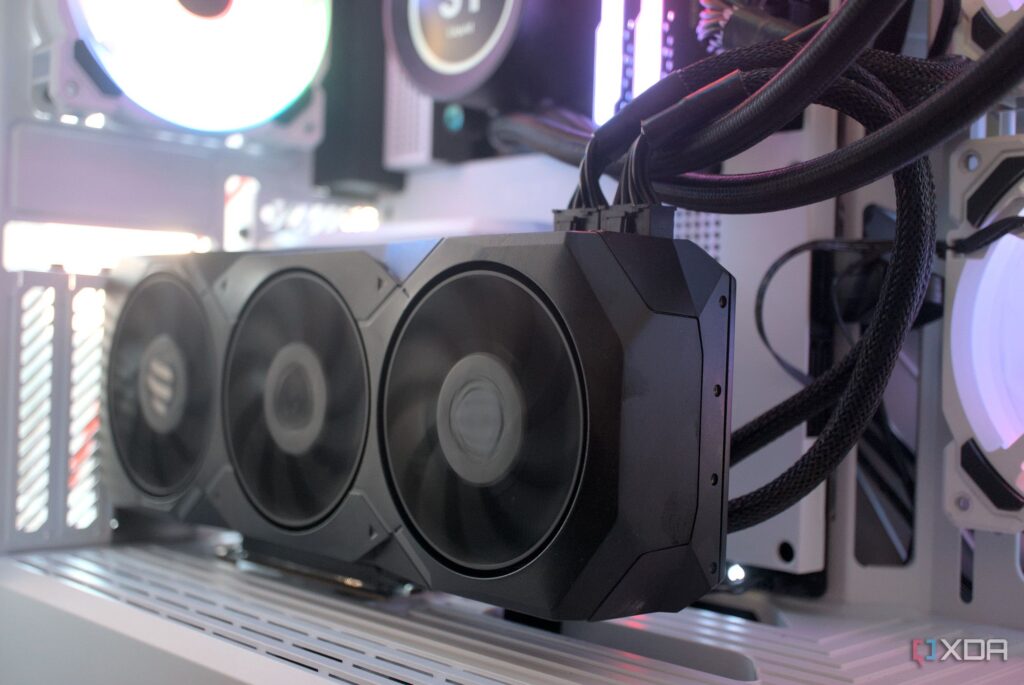
UPDATE: New reports confirm that several older GPUs remain surprisingly capable in 2025, even as cutting-edge hardware boasts advanced features like RDNA 4 and DLSS 4.0. As hardware enthusiasts rush to benchmark the latest components, many are overlooking the enduring performance of these legacy graphics cards, which still meet the needs of casual gamers.
The GTX 1080 Ti, launched in March 2017, continues to impress seven years later. With 11 GB of GDDR5X VRAM and 3,584 CUDA cores, this powerhouse can deliver 90–100 FPS in titles like *Forza Horizon 5* at 1080p on extreme settings. Even in demanding games like *Cyberpunk 2077*, it holds steady with an average of 55 FPS on high settings. While it struggles at 1440p, for many gamers still using a 1080p setup, the GTX 1080 Ti remains a strong contender.
Meanwhile, the Radeon RX 5700 XT, released in mid-2019, continues to deliver impressive rasterization performance. Equipped with 8 GB of GDDR6 and designed for raw power, this card supports AMD’s FSR 3 and 3.1 upscaling, enhancing frame rates by 10–20% in popular titles like *God of War Ragnarök*. Although not optimized for ray-tracing, the RX 5700 XT is still a solid option for mid-range 1440p gaming.
The GTX 1660 Ti, introduced in February 2019, marked a turning point for accessible gaming graphics. Recent benchmarks reveal it can achieve 60–65 FPS on low settings in the upcoming title *Arc Raiders*, with performance soaring up to 85–90 FPS on medium settings with FSR 3. This mid-range GPU remains a remarkable choice for those gaming at 1080p.
Lastly, the RTX 2080 Ti, launched in September 2018, continues to set the standard for performance. With 4,352 CUDA cores and 11 GB of GDDR6 VRAM, it excels in 1440p gaming and creative workflows. Selling for about $200–$250 on the used market, it competes directly with the RTX 3070, despite lacking modern features like DLSS 3 frame generation.
As new technology dominates the spotlight, these older GPUs provide a reminder that technological obsolescence can be overstated. They excel in rasterization for 1080p and limited 1440p workloads, ensuring robust performance for casual gamers and light workloads. The ongoing relevance of these cards emphasizes that not every generation requires a hardware upgrade.
NEXT: Gamers and tech enthusiasts should keep an eye on upcoming benchmarks and game optimizations, as these legacy GPUs still hold their ground against new competition.





